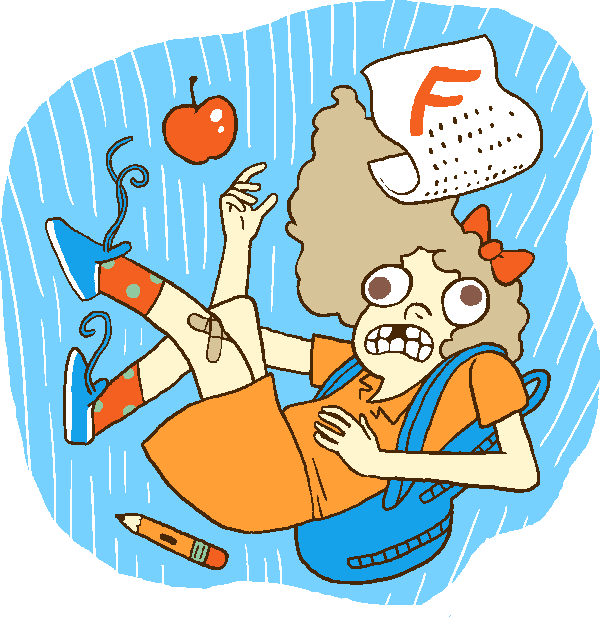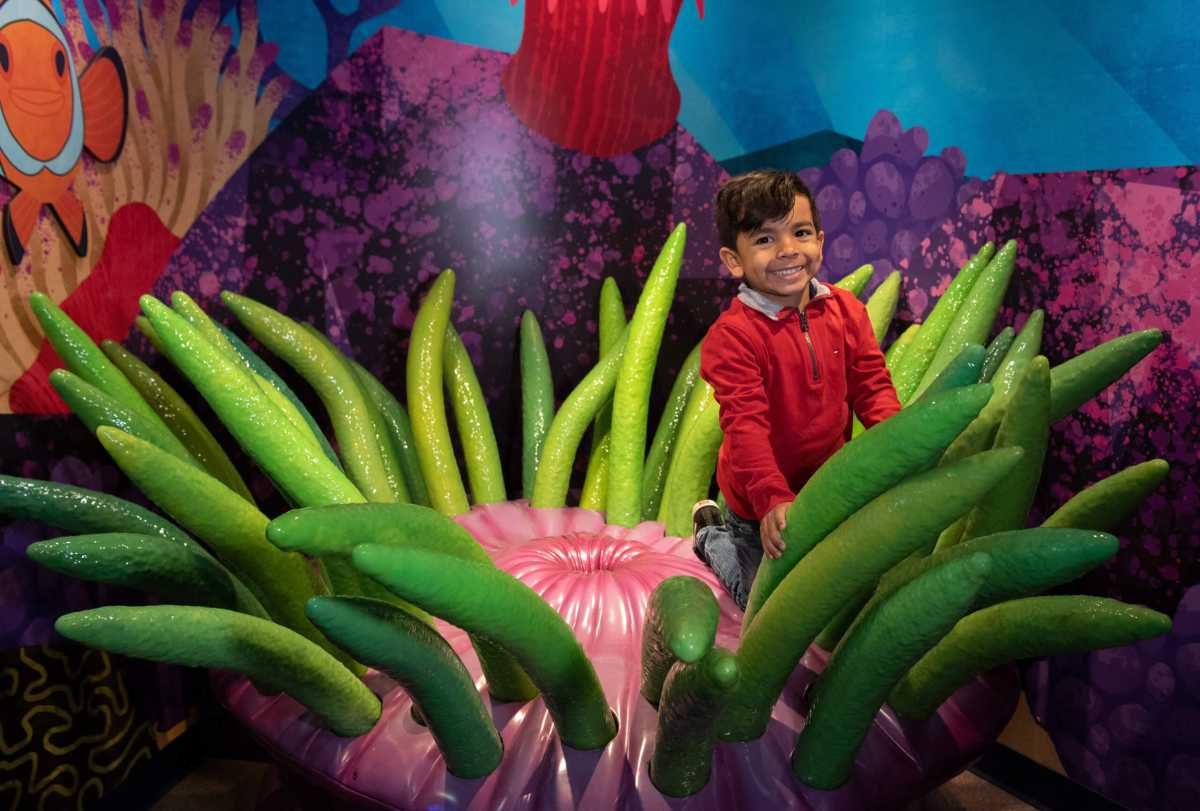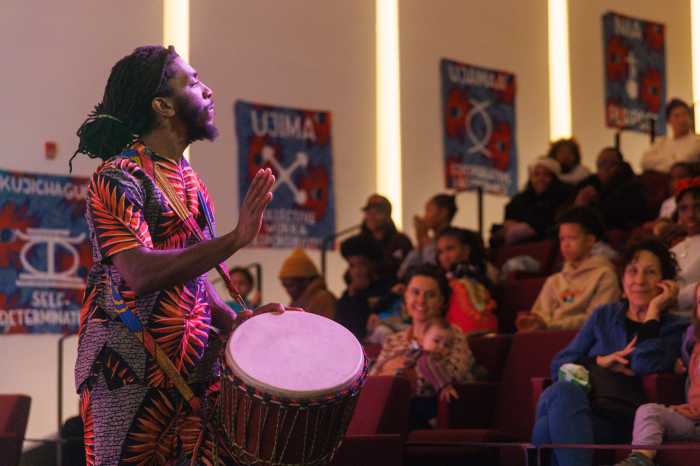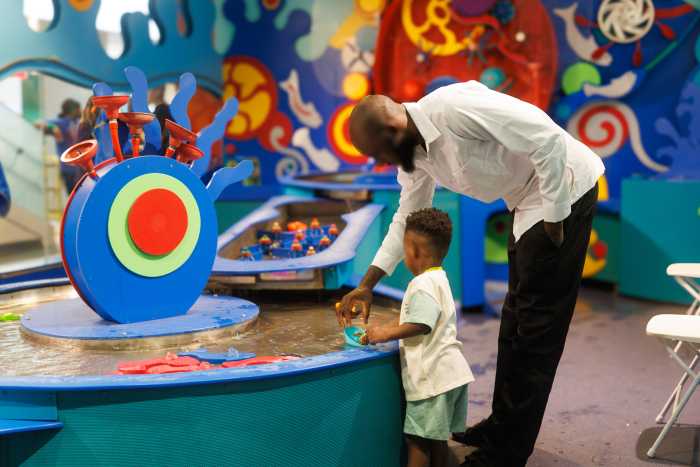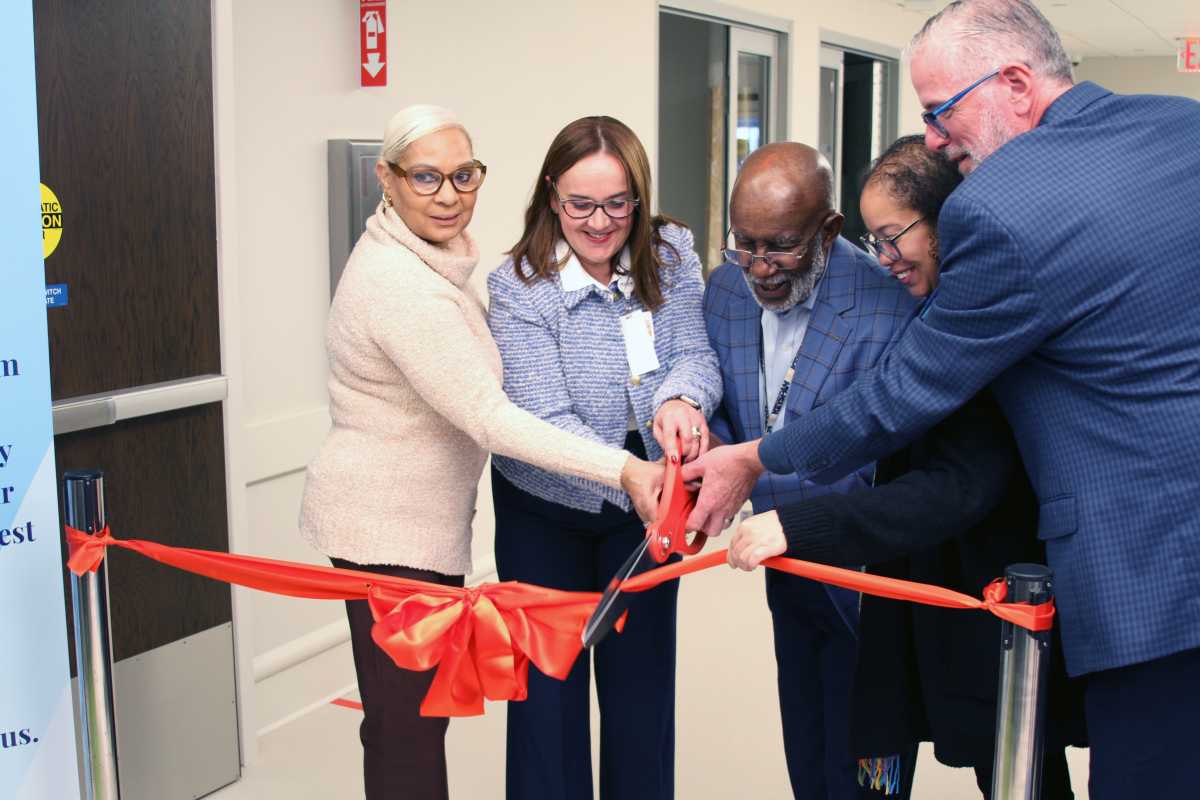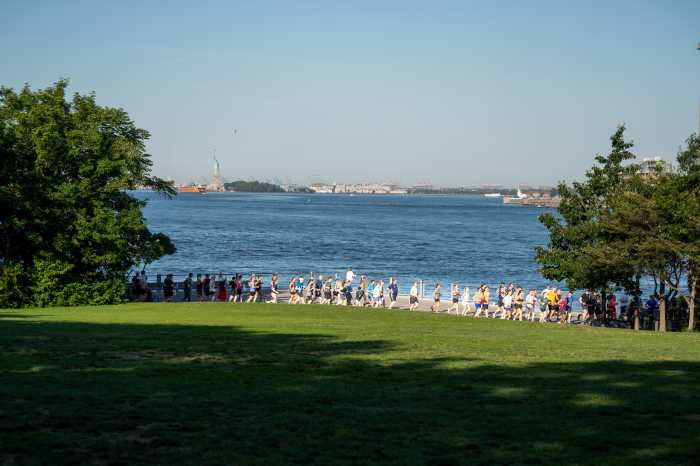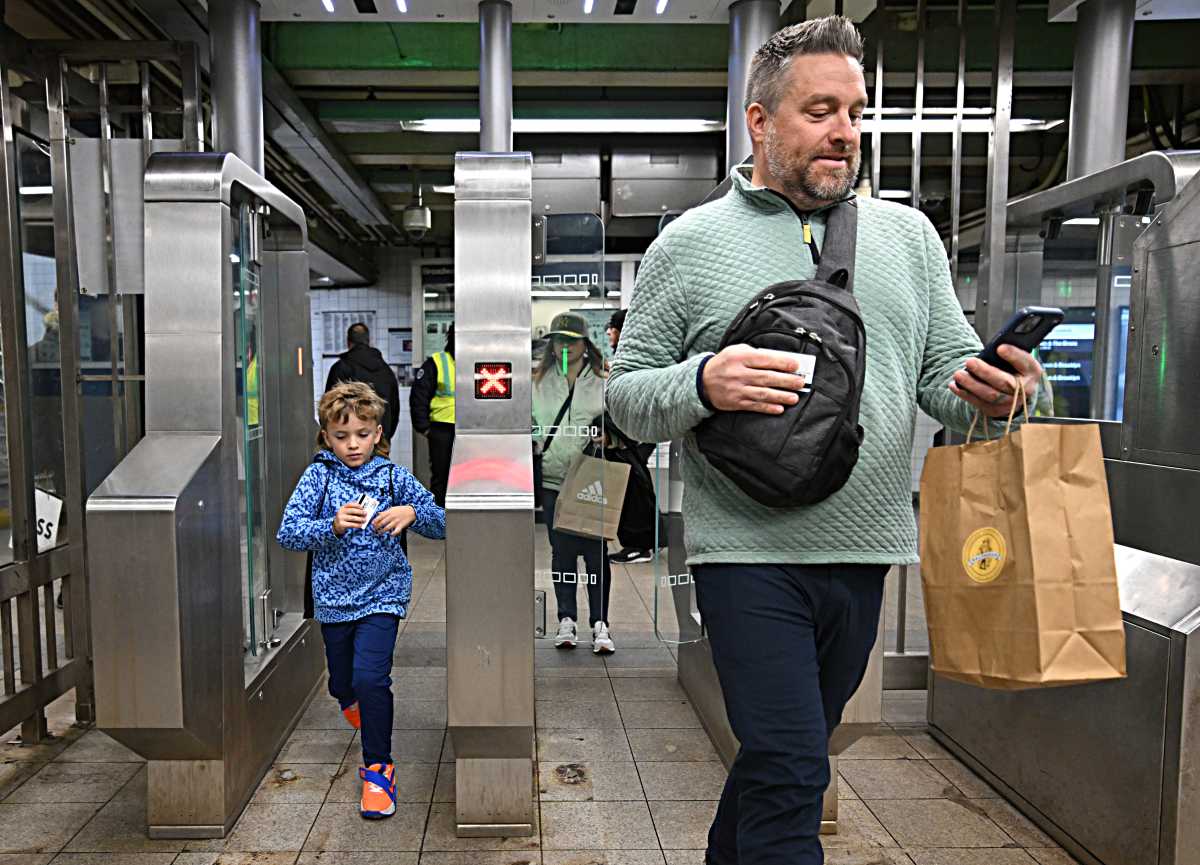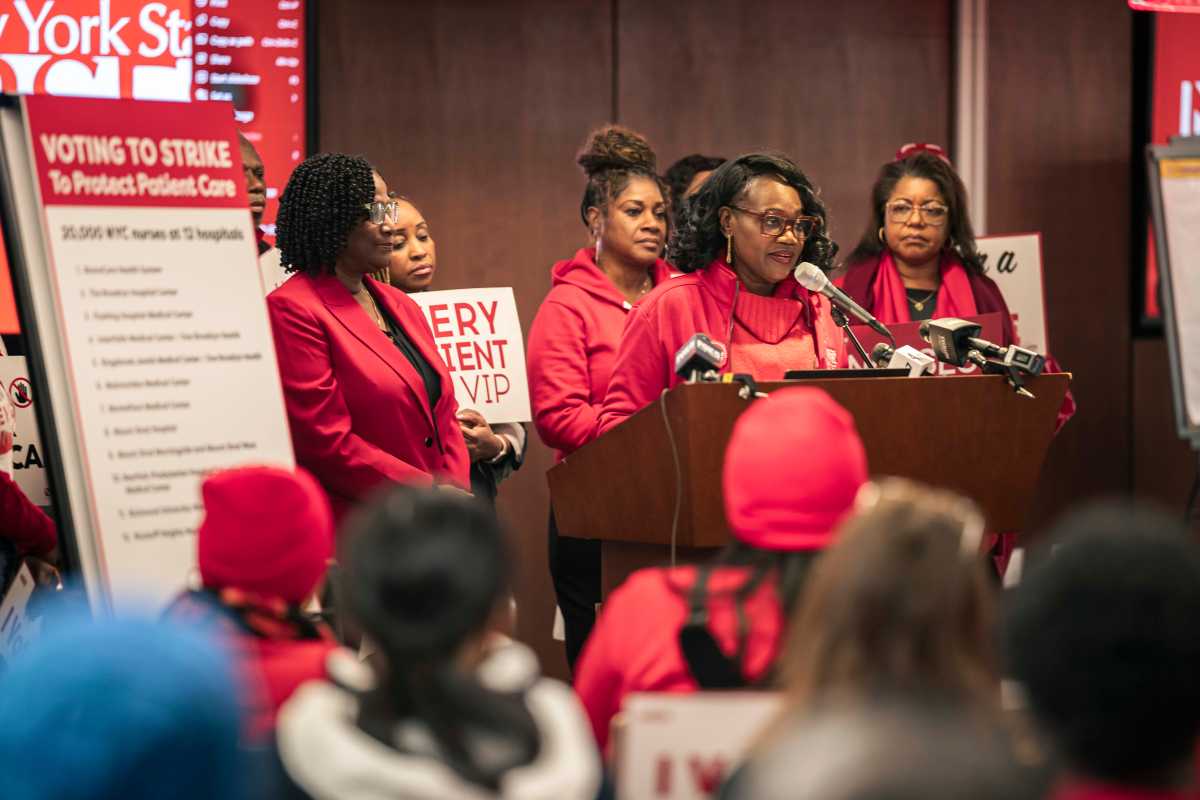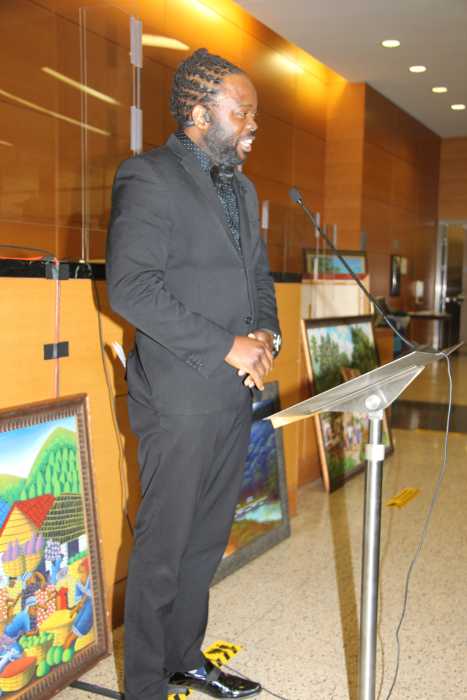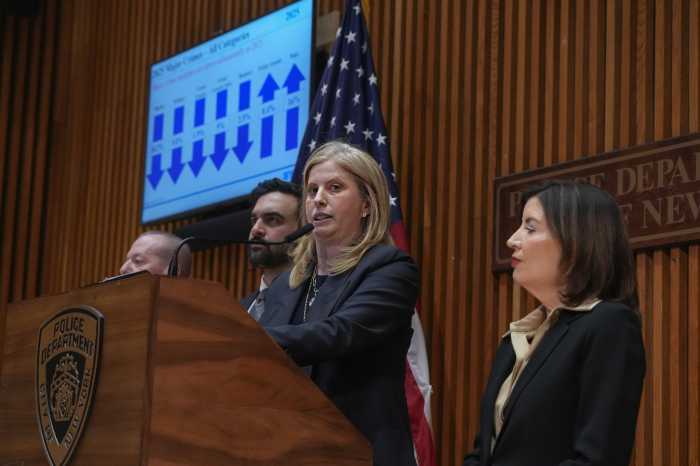The New York Aquarium’s newest exhibit, the PlayQuarium, is now open to the public, giving children the opportunity to explore ecological systems under the sea.
“It gives them a chance to really get out into the space and kind of imagine themselves in the open ocean or in a coral reef, in these different marine habitats,” Stephanie Joseph, New York Aquarium’s Curator of Education, told Brooklyn Paper. “So there is a lot of play space, fun exhibits that really allow the kids to use their imaginations.”
The PlayQuarium, a permanent, year-round exhibit, now fully open following a soft opening last month, is fully-interactive for children to transform into scientists navigating through the ocean and learning in a fun way the animals and plants that make a home there, and how best to protect them.
“[The children can] investigate what it’s like to be in the water, underwater, be a scientist or a biologist and even consider conservation in a fun way,” Joseph said.
The exhibit is housed in one of the renovated spaces of the marine museum that was damaged within the Coney Island aquarium during Hurricane Sandy in 2012 and has been reinvented, now packed with tons of play space and breathtaking graphics intended to let kids have fun while learning about marine life.
“We are very excited to reimagine the space as an interactive Playquarium,” Joseph said. “This is a place where there is a lot to do, lots of tactile activities for young children.”
Young visitors entering the showcase are greeted with colorful art that gives them a taste of what they’ll experience inside the exhibit.
“When you first walk in the first thing you are going to notice are these beautiful graphics, they are very vivid and so much fun,” Joseph said, “and as you walk through the exhibit what you’ll notice is that these graphics are depicting children interacting as scientists and explorers and also using their imaginations as if they were animals.”
There are many different hats the children can try on at the PlayQuarium, even their own favorite sea creature which might be an angelfish, a sardine, or even a humpback whale.
“The kids are really looking at it in a couple of different ways,” Joseph told Brooklyn Paper. “So it really is giving them a chance to play and imagine and think through these different exhibits and different ways,”
A giant submarine greets the pint-sized marine biologists who decide to check out to the open sea where they can explore the dark depths of the ocean floor and get a glimpse of the animals that live down there.
“You can be a deep-sea explorer and you go in the submarine looking for exciting creatures you will find in the depth of the midnight zone,” the educator curator said.
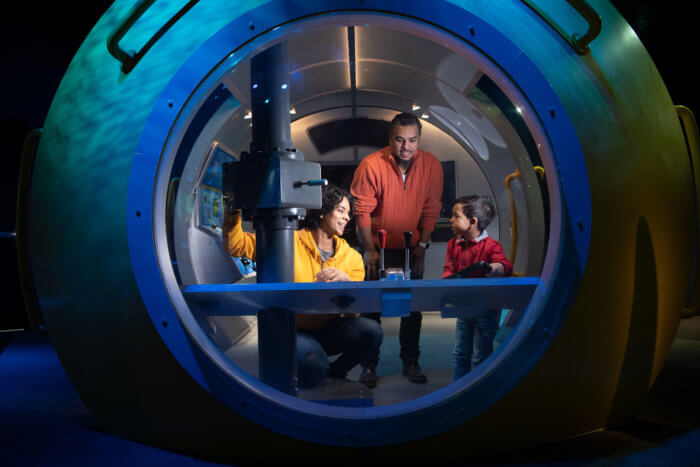
The life-size kelp forest is another one of the major features of the new exhibit — where children can pretend they are sea otters in an algae playground, navigating ladders and slides as they make their way through the watery wonderland.
“It’s like a little kelp playground, so you can imagine being a sea otter and playing it through and moving through the kelp,” said Joseph. “There are some small ladders, some small slides, and it’s just really larger than life, a lot of fun for kids to kind of act out the life of a sea otter.”
This is the aquarium’s first fully bilingual exhibit and is fully wheelchair accessible, with other accessibility features like low light and plenty of tactile elements.
“I think it’s super exciting for us because it really gives us a chance to reach out to our community in a new way, it really helps us to make this a more-inclusive exhibit space and inviting some of our community members who English may not be their first language, and giving us a chance to connect with them,” she said. “And really helping our guests with different kinds of educational experiences really giving them that positive opportunity for everyone if they’re coming through.”


